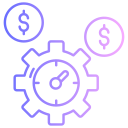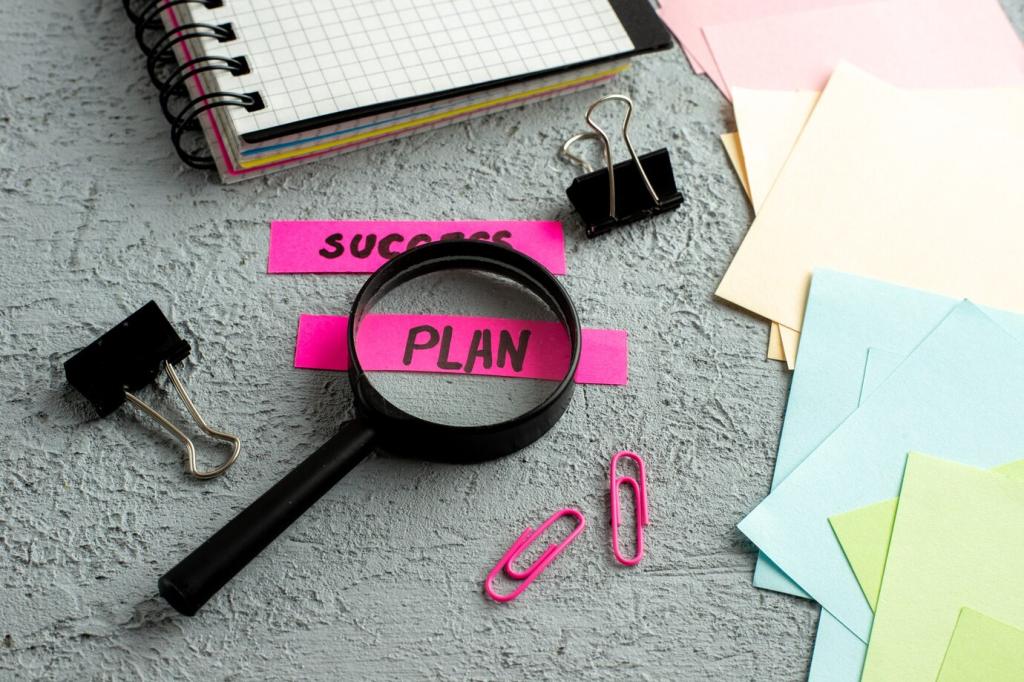Habit Design and Cue-Action Pairing
Write if-then plans: “If it’s 8:30 a.m., then I open my daily plan and start Task One.” Clear triggers reduce friction. Comment with your favorite if-then rule so others can learn and adapt.
Habit Design and Cue-Action Pairing
Attach a new action to a stable anchor: after coffee, review priorities; after lunch, clear inbox; before shutdown, plan tomorrow. Stacking keeps changes small, repeatable, and nearly automatic.



